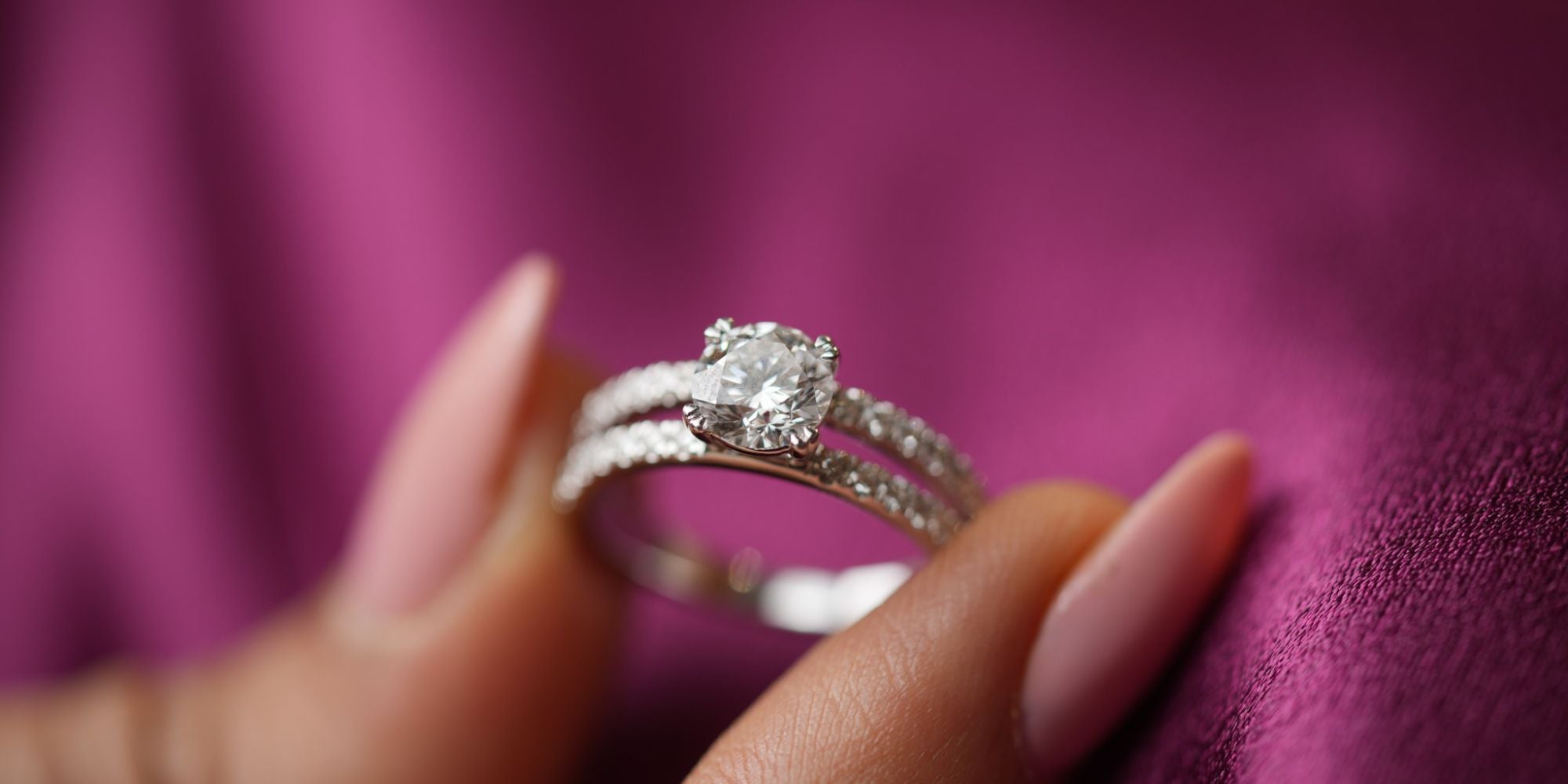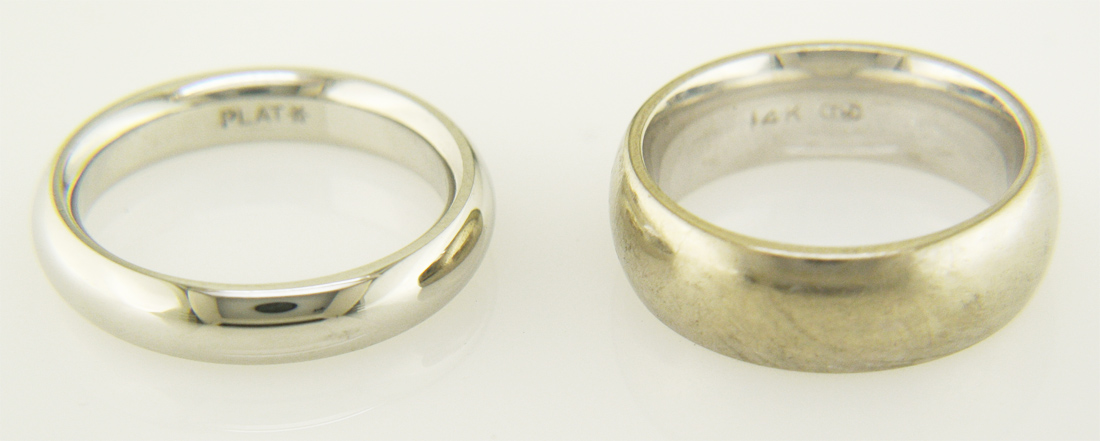
Exploring Cultural Perspectives: The Intersection of Cultures and Lab Diamonds
Cultures and Lab Diamonds
In today’s world, the allure of diamonds transcends mere aesthetics; it is deeply intertwined with cultural significance and traditions. However, with the advent of lab-grown diamonds, cultural perceptions and preferences are experiencing a significant shift. Let’s delve into how cultures shape the narrative around lab diamonds and vice versa.
1. Introduction
Lab diamonds, also known as synthetic or cultured diamonds, are man-made gems created in controlled laboratory environments, possessing the same chemical composition and physical properties as natural diamonds. As we explore the intersection of cultures and lab diamonds, it becomes evident that cultural influences play a pivotal role in shaping consumer preferences and attitudes towards these gemstones.
2. Cultural Influences on Diamond Traditions
Diamonds have held symbolic importance across various cultures throughout history. From symbolizing purity and eternity in Western cultures to representing prosperity and auspiciousness in Eastern cultures, the significance attached to diamonds varies widely. Understanding these cultural nuances is crucial in appreciating the evolving narrative surrounding lab diamonds.
3. Rise of Lab Diamonds
In recent years, advancements in technology have revolutionized the diamond industry, giving rise to lab-grown diamonds as ethical and sustainable alternatives to mined diamonds. Cultures that prioritize environmental conservation and ethical sourcing are increasingly embracing lab diamonds as symbols of responsible luxury.
4. Cultural Perception of Lab Diamonds
The acceptance of lab diamonds varies across cultures, influenced by factors such as tradition, perception of authenticity, and socio-economic considerations. While some cultures readily embrace the innovation of lab-grown diamonds, others may exhibit resistance due to entrenched beliefs or cultural norms surrounding natural diamonds.
5. Cultural Preferences in Jewelry Design
Jewelry design is deeply influenced by cultural aesthetics and traditions. While some cultures favor intricate and ornate designs, others prefer minimalist and contemporary styles. Lab diamond jewelry designers often draw inspiration from cultural motifs and craftsmanship techniques to create pieces that resonate with diverse cultural sensibilities.
6. Impact of Pop Culture
The influence of pop culture, including celebrity endorsements and media representation, significantly shapes consumer perceptions and preferences. Celebrities advocating for lab diamonds as fashionable and socially responsible choices have contributed to their growing popularity among culturally diverse audiences.
7. Cultural Sustainability Practices
Cultural practices promoting sustainability and environmental stewardship align with the ethos of lab-grown diamonds. Cultures that prioritize sustainable living and ethical consumption are more likely to embrace lab diamonds as part of their commitment to preserving the planet for future generations.
8. Cultural Challenges and Opportunities
Overcoming cultural barriers to lab diamond acceptance requires a nuanced understanding of cultural values and beliefs. By engaging with diverse cultural communities and addressing concerns related to authenticity and tradition, there are opportunities to bridge cultural divides and foster greater acceptance of lab diamonds globally.
9. Cultural Marketing Strategies
Effective marketing strategies for lab diamonds involve tailoring messages to resonate with diverse cultural audiences. By highlighting the ethical, environmental, and aesthetic benefits of lab-grown diamonds within the context of cultural values and aspirations, brands can effectively connect with consumers across cultural divides.
10. Future Trends
The future of lab diamonds in different cultures is characterized by evolving consumer preferences, technological advancements, man made diamonds, and cultural shifts. As sustainability and ethical sourcing continue to gain prominence, lab diamonds are poised to become increasingly mainstream across diverse cultural landscapes.
11. Case Studies
Examining real-world examples of how cultures embrace lab diamonds provides valuable insights into the dynamics of cultural adoption and acceptance. From traditional diamond markets in the West to emerging consumer bases in Asia and Africa, case studies offer a glimpse into the diverse cultural narratives surrounding lab diamonds.
12. Cultural Education Initiatives
Educating consumers about the benefits and attributes of lab diamonds is essential in dispelling misconceptions and fostering cultural acceptance. Cultural sensitivity in marketing and educational materials ensures that diverse cultural perspectives are respected and represented accurately.
13. Cultural Representation in the Industry
Promoting diversity and inclusion within the lab diamond industry fosters a more inclusive and representative cultural landscape. By elevating voices from diverse cultural backgrounds and celebrating cultural heritage, the industry can authentically engage with consumers on a global scale.
14. Cultural Traditions vs. Innovation
Balancing cultural traditions with technological innovation is key to driving sustainable growth and innovation in the lab diamond industry. By embracing innovation in culturally sensitive ways, stakeholders can navigate the intersection of tradition and progress to meet the evolving needs and preferences of culturally diverse consumers.
Conclusion
In conclusion, the relationship between cultures and lab diamonds is multifaceted, reflecting a dynamic interplay of tradition, innovation, and societal values. As cultural barriers are bridged and awareness of lab-grown diamonds grows, there is a unique opportunity to celebrate cultural diversity while shaping a more sustainable and inclusive future for the diamond industry.








